Three of the classic french “mother” sauces use starch as the primary mode of thickening. It’s that big of a deal. Flour and cornstarch are the most commonly used thickeners, but arrowroot and potato starch have their devotees.
Flour and Fat:
I almost always use flour in a roux when I’m making a gravy. Roux is comprised of equal parts flour and fat, heated to cook out the raw flour taste, and then whisked into hot liquid. After a few minutes of bubbling, the sauce is complete.
To illustrate, I made a gravy with 1 tablespoon flour, 1 tablespoon butter, and 1 cup chicken broth.

Start by heating the fat in a pan, (butter is traditional but you can use any oil) once it’s melted, sprinkle on your flour.
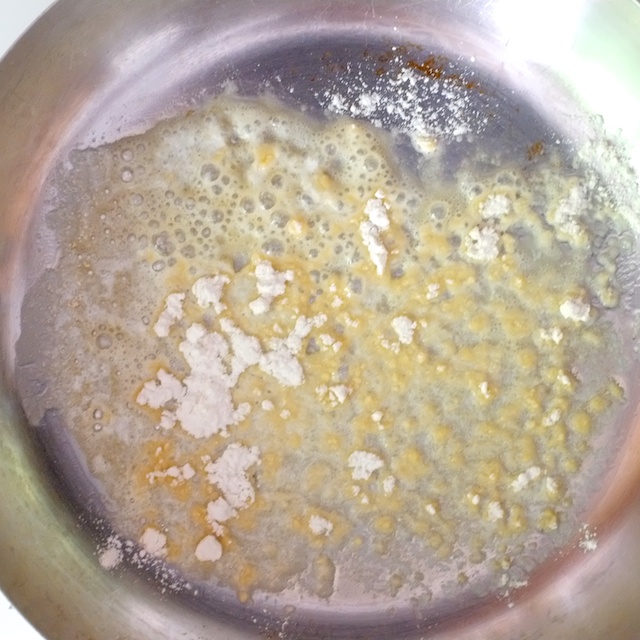
Whisk the flour and fat together until it’s foamy. This is the texture you want to aim for with your roux – any thicker and it can be difficult to work out lumps once the liquid is added. Getting familiar with this texture will make measuring unnecessary. Knob of butter, shake of flour, adjust as needed.
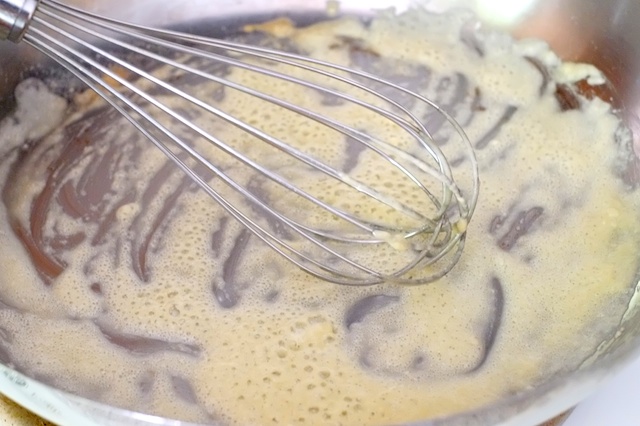
Cook the roux with the liquid over medium to medium-high heat until it bubbles, then let it continue to simmer for a few minutes to give the flour time to reach its full thickening power.
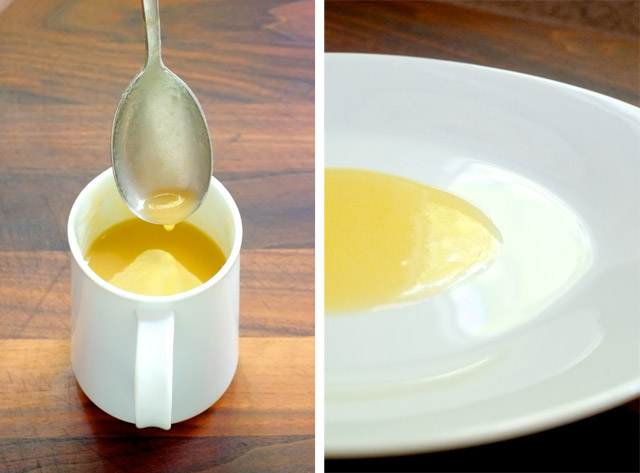
The 1 tablespoon flour/butter with 1 cup of broth combo turns out a pretty thin sauce.
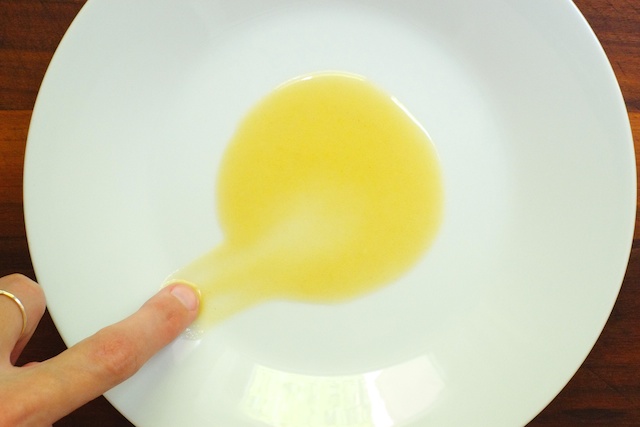
I made a second batch of gravy with a doubled roux: 2 tablespoons butter, 2 tablespoons flour, and 1 cup broth. The result is much thicker. I usually use between 1 1/2-2 tablespoons for each cup of liquid, but it’s really about personal preference and the specific application.
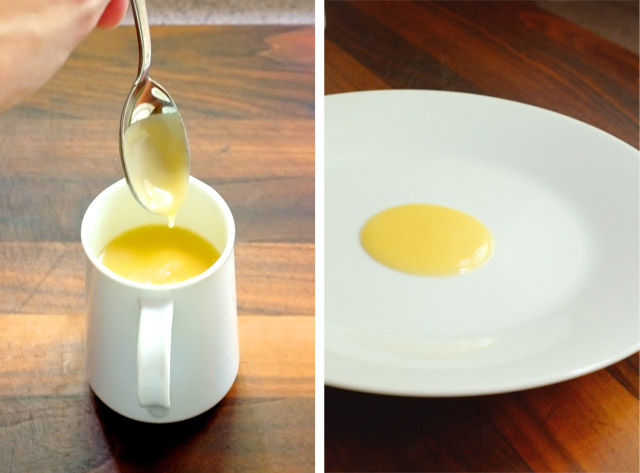
Gravy thickened with roux has a rich flavor, especially if you use butter. Roux is my go-to, I like the texture and heft it brings to a sauce, and even the slightly toasty flavor.

Cornstarch:
To use cornstarch, you need to make a slurry. Slurry is cornstarch mixed with liquid. You can use water, or you can use some of whatever liquid you are trying to thicken (and thereby avoid watering-down the flavor).
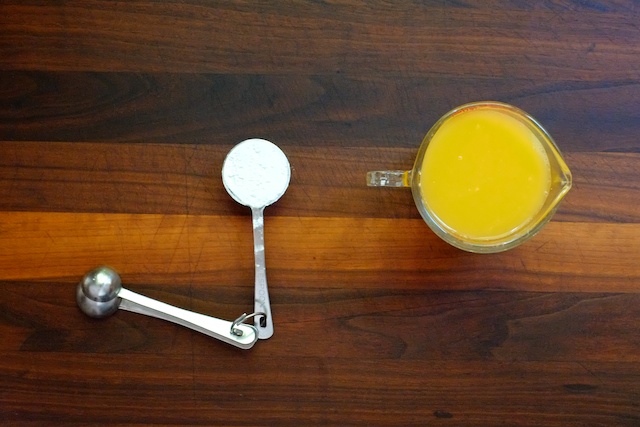
I used one tablespoon of cornstarch with one cup of chicken broth for this batch.
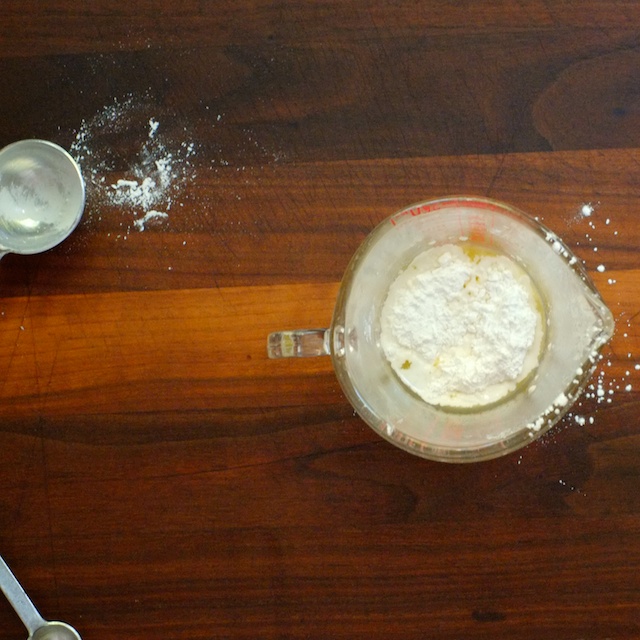
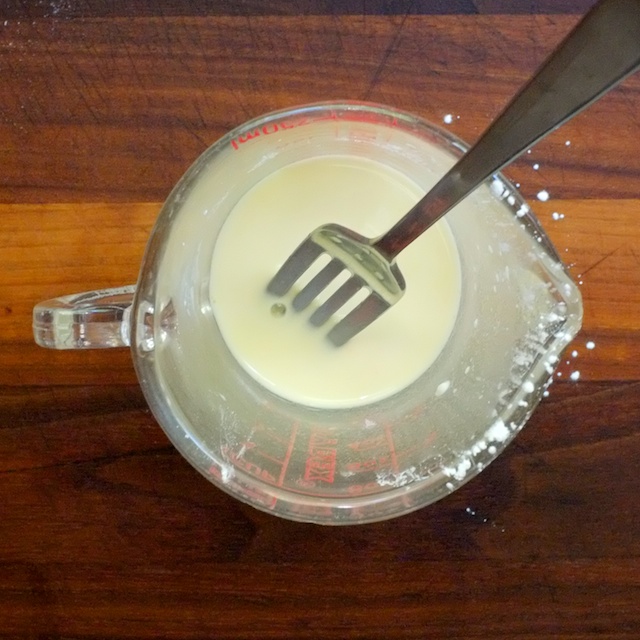
Add your cornstarch slurry to your broth while whisking, and as soon as it bubbles it’s pretty much as thick as it will get. Cornstarch is quick.
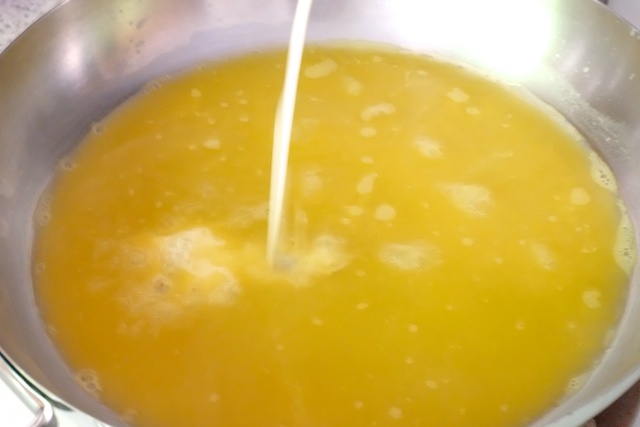
Cornstarch-thickened sauces are glossy and have a cleaner flavor than roux-thickened sauces. Cornstarch is also a lot stronger than flour. See how one tablespoon of cornstarch made a much thicker sauce than one tablespoon of flour.
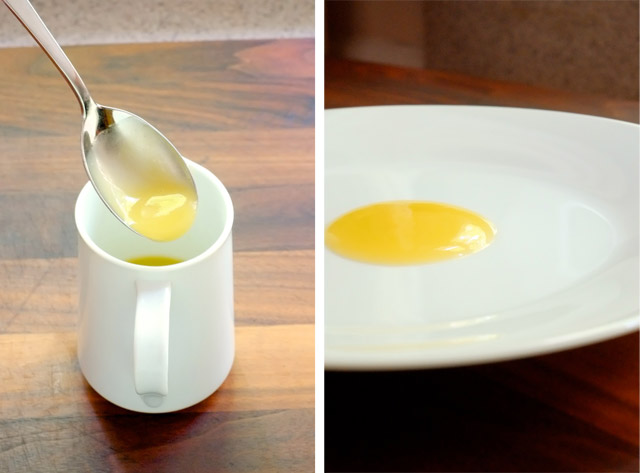
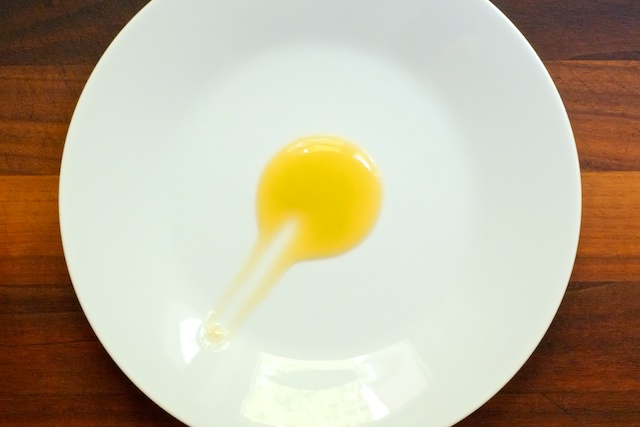
Troubleshooting:
Roux is too thick or dry: add more fat
Gravy is too thick: add more liquid
Gravy is too thin: consider cooking until the liquid reduces, or adding a cornstarch slurry (not recommended for milk sauces)
Gravy is lumpy: pass it through a strainer
It’s really easy to make adjustments with these types of sauces, so there’s no reason to be intimidated. Roux is more traditionally used in European cooking where cornstarch is more popular in Asian cooking. You can theoretically thicken any liquid you want with a roux, but the ones I find myself turning to most are meat drippings and broth for gravy and milk for béchamel or cheese sauce.
I love the photos! They are both helpful and beautiful!
Carrie — May 24, 2014Thank you! I'm glad you approve.
courtney — May 29, 2014PINNED that. now i wanna go roast a chicken…and it's almost midnight.
Miranda — May 29, 2014Thanks Mir! I get inspired to cook at impractical hours too.
courtney — May 29, 2014